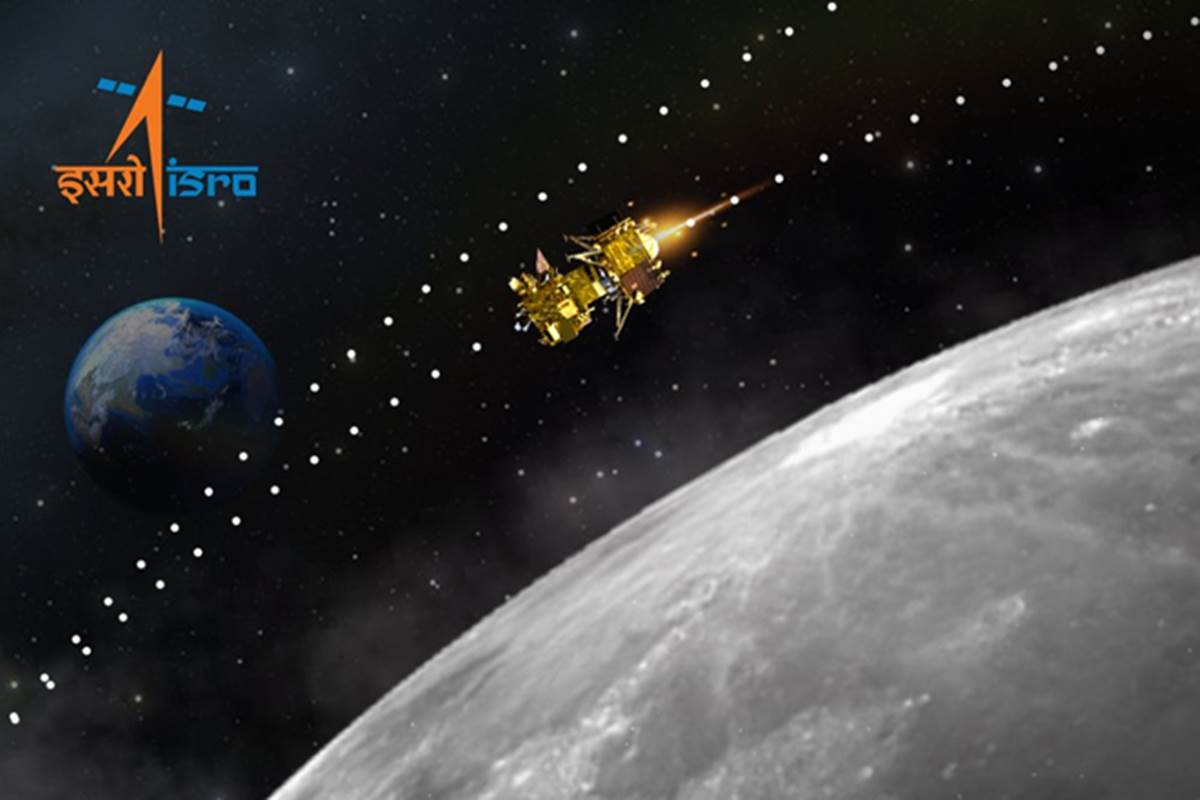BENGALURU: ISRO is continuing its efforts to restore link with Chandrayaan-2’s lander ‘Vikram’, but experts say time is running out and possibility of re-establishing
communication looks “less and less probable.”
Chairman of Indian Space Research Organisation K Sivan said on Saturday that the space agency will try to establish link with the lander for 14 days.
After lander Vikram was located on the lunar surface by Chandrayaan-2’s on-board cameras on Sunday, he reiterated that those efforts would continue.
A senior official associated with the mission said, “Progressively… as time goes by… it’s difficult(to establish link)”
However, with “right orientation” it can still generate power and recharge batteries with solar panels, he added. “But it looks less and less probable, progressively,” the
official said on condition of anonymity.
Another top ISRO official said “hard-landing” of Vikram on the Lunar surface has made the task of linking again with it that much difficult as it may not have the “right
orientation,” and may not have landed on its four legs.
“Impact shock may have caused damage to the lander,” he said.
The lander was designed to execute a soft landing on the lunar surface, and to function for one lunarday, which is equivalent to about14earthdays.
Contact from the lander to the ground stations was lost during its powered descent to the Lunar surface minutes before the planned touch-down in the early hours of Satuday.
The 1,471-kg lander of Chandrayaan-2 — first Indian mission to explore the lunar terrain with home-grown technology—is namedVikramafter DrVikramA Sarabhai, the
father of the Indian space programme.
Chandrayaan-2’s 27-kg rover is a six-wheeled robotic vehicle named Pragyan, which translates to ‘wisdom’ in Sanskrit, and is housed inside the lander.
The lander carried three scientific payloads to conduct surface and subsurface science experiments, while the rover carried two payloads to enhance our understanding of the
lunar surface, according to ISRO. (AGENCIES)


